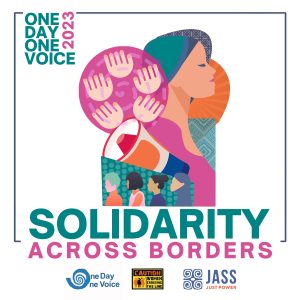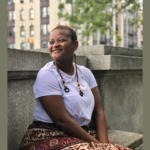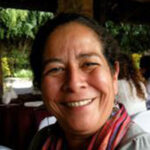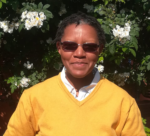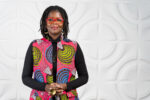INTERSECTIONALITY
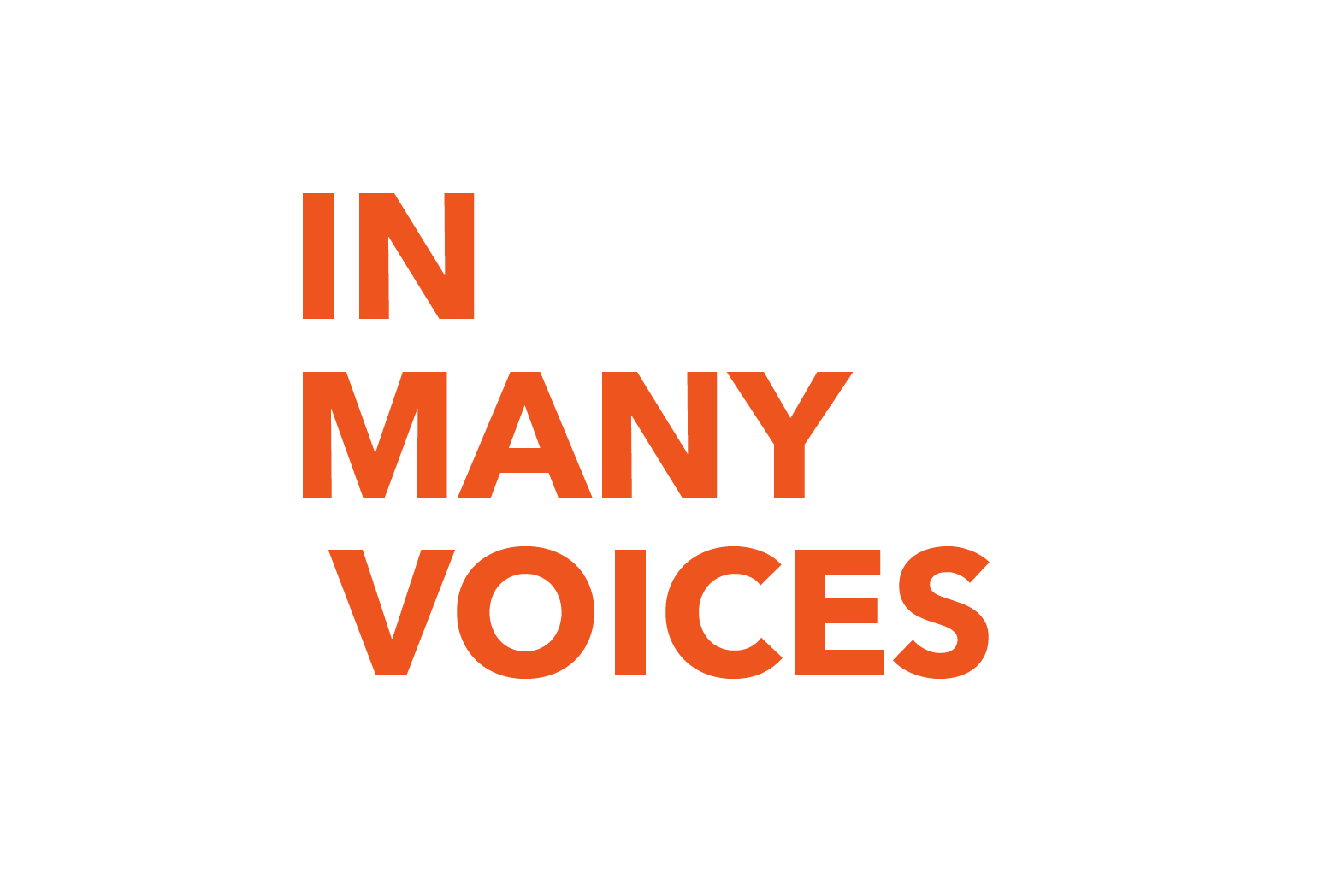
INTERSECTIONALITY

“And now of course is a particularly challenging time because we have a number of right-wing populists that have co-opted electoral political processes, and they have started to speak the language of xenophobia, racism, or sexism, and they have basically exploited people’s insecurities to create the societies around the basis of imagined identity, imagined cultural homogeneity, whereas the history of human civilization has always been the history of migration, the history of assimilation.”
Mandeep Tiwana, Civicus
“The framing of political agendas by … movements is also a fascinating process. In some movements, the evolution is from one or two gendered interests / issues (home-based care for the ill, collective spaces for mothers, recognition of domestic work as labor, removal of caste-based discrimination, access to health services, or inclusion in peace negotiations) to a more complex and intersectional analysis…. In other cases, the agenda and the analysis underlying it quickly assumes complexity … even if collective action is focused on particular struggles.”
Srilatha Batliwala: Changing Their World: Concepts and Practices of Women’s Movements, AWID
“Before this framework [intersectional feminism] was articulated, there was a lot more fragmentation in social justice organizing and thinking. Civil rights groups organized around race and against racism; feminist organizations organized around women’s issues and women. It didn’t take long, though, before it became clear to some people – most particularly women of color – that all these single-issue organizations were missing the ways that they were personally impacted as both women and black people.”
Katrina Brown, blog
“For our movements to end violence against women and girls it is important to see and name how various forms of violence interact and compound to affect different women and girls in specific ways. For most, class, race, and gender are simultaneous forces. It is not race + class + gender but race x class x gender.”
Ayesha Imam, Women in Nigeria, UNFPA
“Before, we were confronting governments and states, but now we’re looking at other actors, we’re looking at the corporate sector, we’re looking at land developers, mining companies, particularly the extractive industry all over the world.”
Fidelis Mudzimu, Counselling Services Unit, Zimbabwe
“Our beliefs about bodies disproportionately impact those whose race, gender, sexual orientation, ability, and age deviate from our default notions. The further from the default, the greater the impact. We are all affected – but not equally.”
Sonya Renee Taylor: The Body Is Not an Apology: The Power of Radical Self-Love
“I voiced my conviction that the struggle to end racism and the struggle to end sexism were naturally intertwined, that to make them separate was to deny a basic truth of our existence, that race and sex are both immutable facets of human identity.”
bell hooks: Ain’t I a Woman: Black Women and Feminism
“The cutting edge of intersectionality is a liberation agenda – refusing to allow some people to be left out of freedom, equality, decisions, sharing in power. Our collective power must be truly collective and there is work to be done to get there. We can see how some people (e.g., white women) often throw in their lot with white male dominance out of a sense of scarcity and fear. But an intersectional agenda offers the possibility of well-being that comes from mutual respect and equitable treatment.”
Alexa Bradley, Shereen Essof, Lisa VeneKlasen in conversation, JASS
“Black feminism emerged as a theoretical and practical effort demonstrating that race, gender, and class are inseparable in the social worlds we inhabit. At the time of its emergence, Black women were frequently asked to choose whether the Black movement or the women’s movement was most important. The response was that this was the wrong question.”
Angela Y. Davis, Freedom is a Constant Struggle
“The concept of intersectionality evolved in part as a response to a critiques that ‘women’ as a political category over-generalized women’s experiences, privileging white, middle-class women, while making invisible the ways that race, class, colonialism, and other factors of discrimination contribute to the experience of oppression. Intersectionality aims to move beyond overly simplified conceptions of identity – such as ‘working class’ or ‘indigenous’ – to examine complexities of multiple sources of privilege and subordination.”
Lisa VeneKlasen and Valerie Miller, JASS
“I understood intersectionality – the way that white supremacy props up patriarchy props up poverty props up environmental destruction props up white supremacy again – on a gut level, even if I didn’t know to call it ‘intersectionality’ yet. I understood that sex workers are often stigmatized, barred from claiming their full humanity, by sexist culture and feminist movements alike…. I understood that by challenging gender norms and conventional masculinity, I was challenging, well, everything. Through challenging the idea of manhood, of being ‘a good man,’ of ‘manning up,’ I was burrowing deep into the core of power, privilege, and hierarchy. On a gut level, I understood that my freedom and liberation were wrapped up with those of so many others who were facing oppression.”
Jacob Tobia, Sissy: A Coming-of-Gender Story

